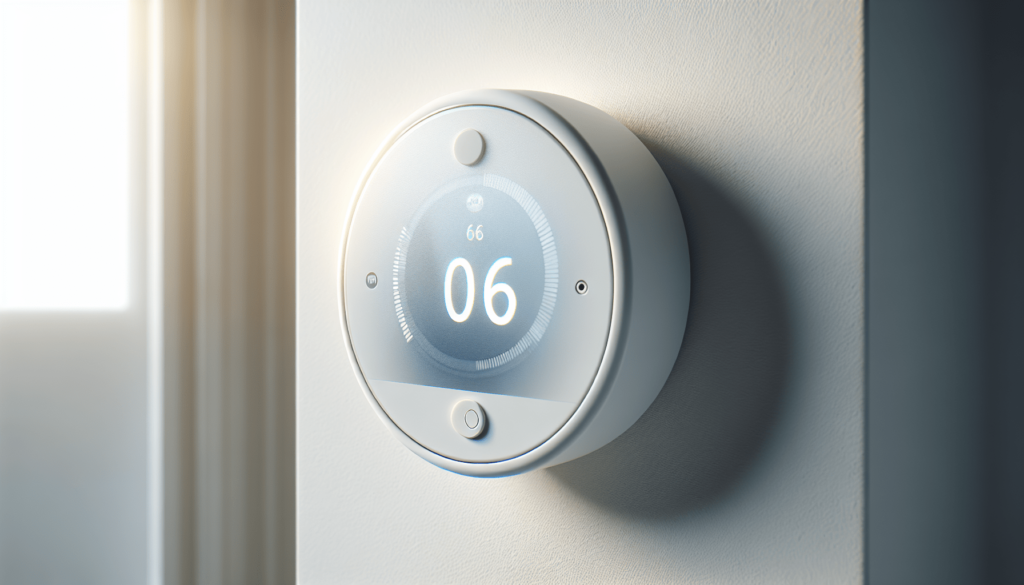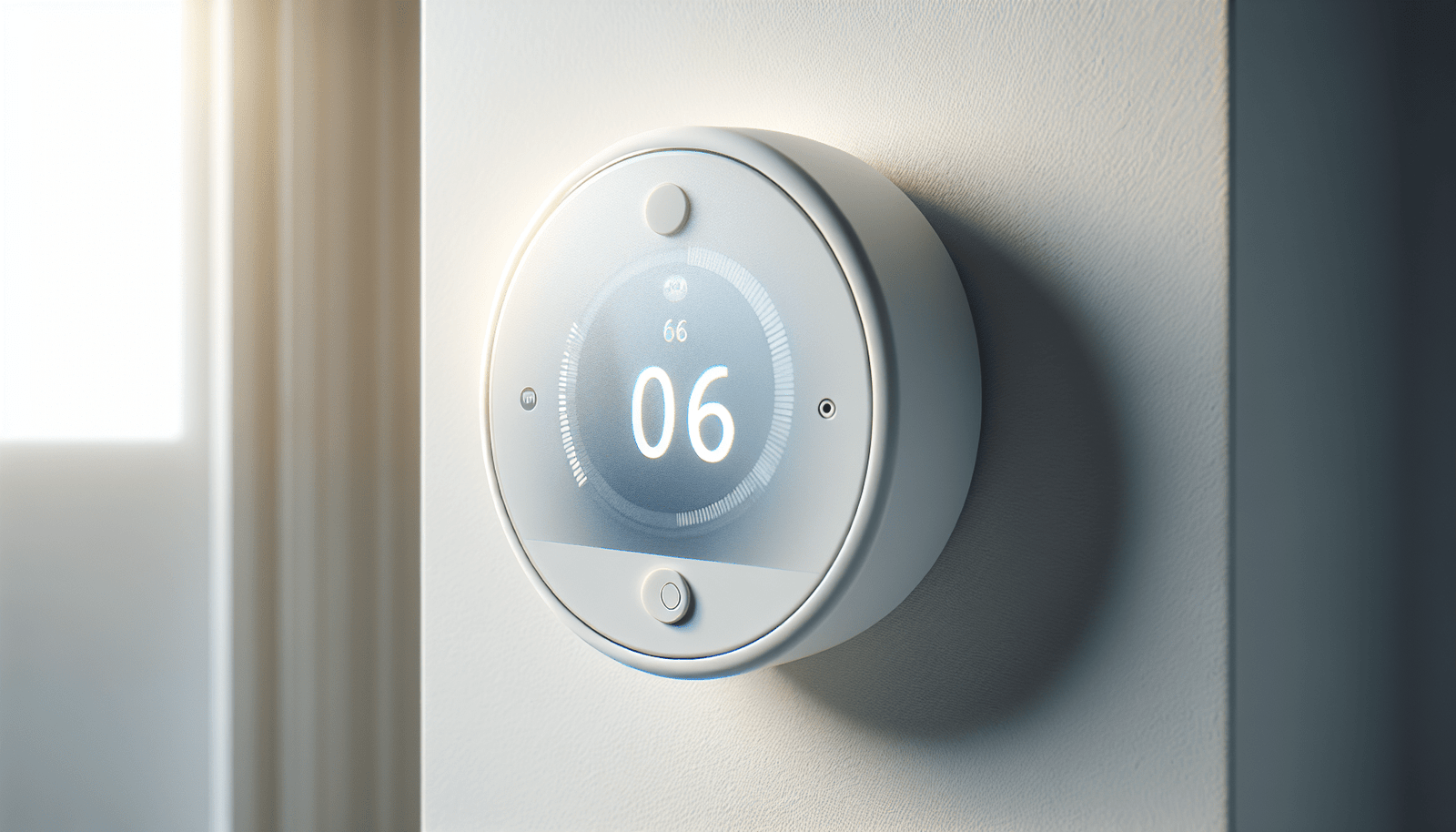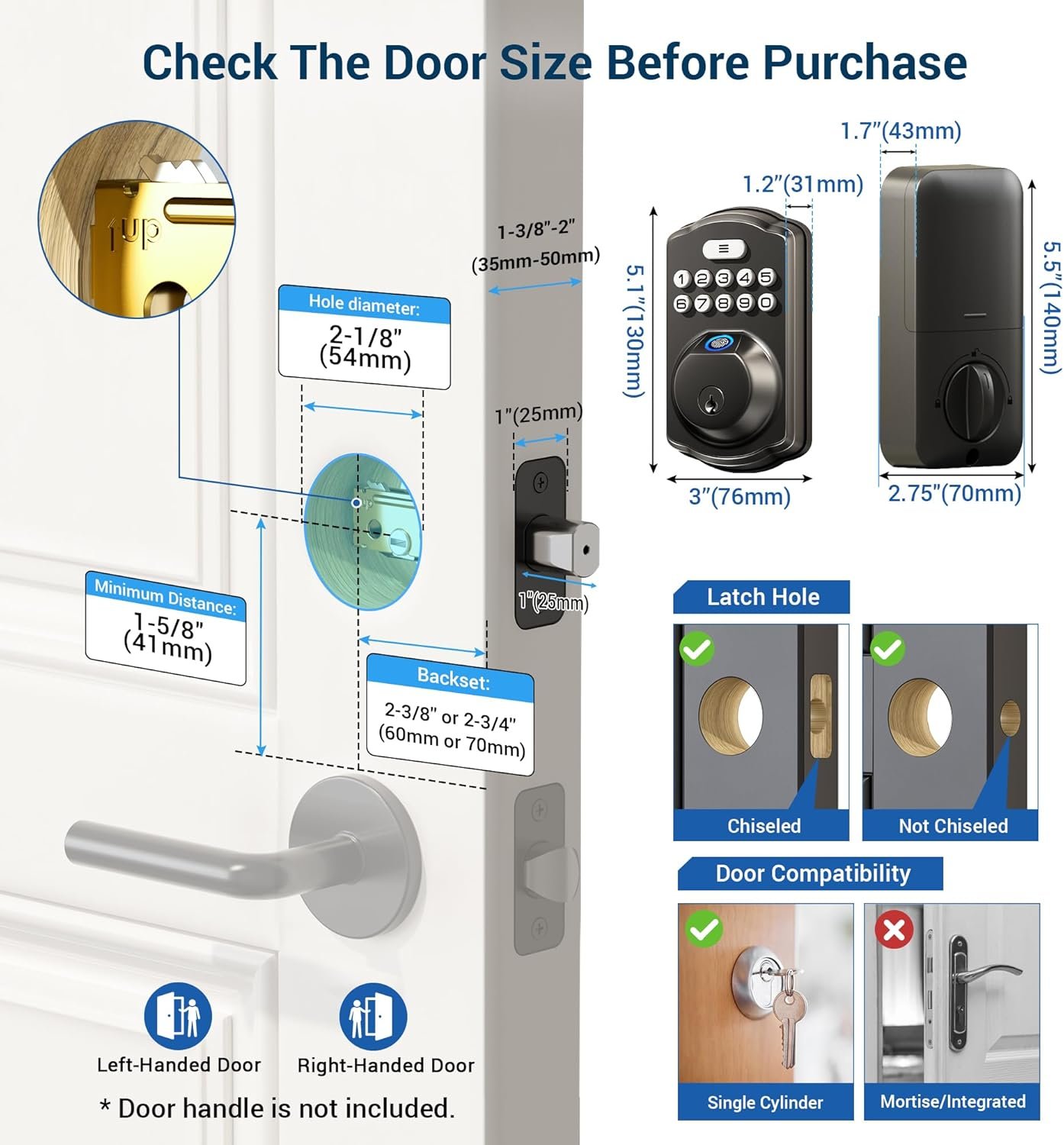Have you ever wondered whether you need an electrician to install a smart thermostat in your home? With the increasing popularity of smart home automation, more and more homeowners are considering investing in smart thermostats to manage their heating and cooling more efficiently. While these devices offer numerous benefits, the installation process can seem daunting, especially if you’re uncertain about the complexity involved. Let’s delve into the details to help you decide whether to tackle this job on your own or call in a professional.
Understanding Smart Thermostats
What Are Smart Thermostats?
Smart thermostats are advanced versions of traditional thermostats that allow you to control your home’s temperature settings remotely using a smartphone, tablet, or computer. These devices often integrate with other smart home systems, providing increased energy efficiency, convenience, and overall control over your home’s environment.
Benefits of Smart Thermostats
The primary advantages of smart thermostats include energy savings, improved home comfort, and enhanced control over your HVAC system. By learning your schedule and preferences, smart thermostats can adjust temperatures automatically, reducing energy usage when you’re not home and improving comfort when you are. Additionally, they often offer features like AI learning, geofencing, voice assistant integration, and multi-zone control.
Do You Need an Electrician for Installation?
Assessing the Complexity of Installation
When considering whether you need an electrician, it’s crucial to evaluate the complexity of the installation process. Most smart thermostats come with user-friendly instructions, and many homeowners with basic DIY skills can handle the installation themselves. However, some factors may necessitate professional assistance:
-
C-Wire Requirement: Many smart thermostats require a C (common) wire for proper operation. If your current setup lacks a C-wire, additional wiring or a power adapter might be necessary, potentially complicating the installation.
-
HVAC System Type: If your home has a complex HVAC system, such as a multi-stage or variable-speed system, installation might be more challenging and require technical expertise.
-
Existing Wiring Conditions: Homes with outdated or unconventional wiring might pose compatibility challenges.
Pros and Cons of DIY Installation
Choosing whether to install your smart thermostat on your own involves weighing the following advantages and disadvantages:
Pros:
- Cost Savings: Installing a thermostat yourself can save the cost of hiring an electrician.
- Learning Opportunity: Gaining knowledge about your HVAC system and thermostat functionality.
Cons:
- Potential for Errors: Improper installation can lead to system malfunction or damage.
- Time-Consuming: The process may be time-intensive, especially if unforeseen issues arise.

The Role of an Electrician
When Is Professional Help Necessary?
An electrician can ensure a safe and accurate installation, particularly in scenarios involving:
- Complex HVAC configurations.
- Uncertainty about electrical wiring.
- Home insurance requirements for professional installations.
Benefits of Hiring an Electrician
Hiring an electrician offers several benefits:
- Expertise and Experience: Electricians can handle complex installations, ensuring everything adheres to safety standards.
- Peace of Mind: Knowing your thermostat is installed correctly and safely alleviates worry.
Smart Thermostat Compatibility Considerations
Checking Your System’s Compatibility
Before purchasing a smart thermostat, assess your existing HVAC system’s compatibility. Most manufacturers provide compatibility checkers online, allowing you to quickly ascertain if a particular smart thermostat will work with your infrastructure.
Key Compatibility Factors
- Voltage: Ensure the thermostat’s voltage requirements align with your system.
- Wiring: Check whether additional wiring, like a C-wire, is necessary.
- System Complexity: Consider if your HVAC system’s specifications are supported by the thermostat.

Analyzing Energy Efficiency and Cost Savings
How Smart Thermostats Enhance Efficiency
Smart thermostats enhance energy efficiency by automating heating and cooling schedules and providing detailed energy usage reports. These insights help identify opportunities for further savings.
Financial Incentives and Rebates
Governments and utility companies often offer incentives and rebates for installing energy-efficient devices. Research available local programs that could help offset the cost of a smart thermostat.
Estimated Cost Savings
While energy savings vary based on usage patterns and local climate, smart thermostats generally lead to a significant reduction in energy bills. Studies show potential savings of up to 10-15% on heating and cooling costs annually.
Deciding if a Smart Thermostat Is Right for You
Evaluating Your Needs and Preferences
Consider the following factors when deciding if a smart thermostat is appropriate for your home:
- Home Ownership: Renters may need landlord permission for installation.
- Budget: Weigh the initial investment against expected long-term savings.
- Technical Comfort: Confidence in dealing with technology and potential DIY installation.
Potential Drawbacks
While smart thermostats offer many advantages, they may not suit every household. Possible drawbacks include:
- Initial Cost: Smart thermostats can be costlier than traditional models.
- Complexity for Non-Techies: Some users may find them complicated to use.
Comparing Popular Smart Thermostats
Here’s a look at some leading smart thermostats, including their features, prices, and energy-efficiency ratings, to help you make an informed decision.
| Model | Features | Price Range | Energy Efficiency |
|---|---|---|---|
| Nest Learning Thermostat | AI learning, geofencing, voice control | $200-250 | High |
| Ecobee SmartThermostat | Built-in Alexa, room sensors | $200-250 | High |
| Honeywell Home T9 | Multi-room focus, geofencing | $150-200 | Medium |
| Emerson Sensi | Budget-friendly, flexible scheduling | $100-150 | Medium |
Conclusion
The decision of whether you need an electrician to install a smart thermostat largely depends on your household’s specific circumstances and your comfort with handling electrical installations. Understanding the intricacies of smart thermostats, evaluating compatibility with your existing HVAC system, examining cost savings, and recognizing when professional help is needed will guide you in making an informed choice. Ultimately, a smart thermostat can be a valuable addition to any smart home setup, offering enhanced energy efficiency, convenience, and comfort.
Disclosure: As an Amazon Associate, I earn from qualifying purchases.






